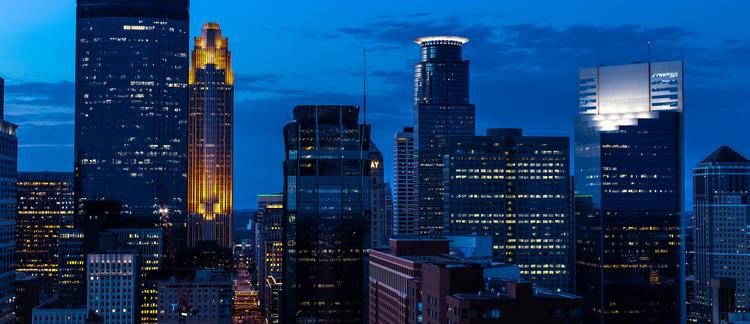Abstract
During the August 21, 2017 Solar Eclipse that swept across North America, NearSpace Launch (NSL) took a group of 70 people to Logan College in Carterville, IL, near the center of the Eclipse path, where we were fortunate to have good viewing. Several balloons, loaded with sensors, were launched, with a follow up calibration launch a few weeks later in addition to ground images. This paper presents the results and observations from the analysis of the data collected from those launches. Payloads and sensors included cameras, spectrometers, temperature sensors, and GPS tracking. The cameras were live (1280x720) and HD (1920x1080) video cameras with memory cards, oriented upwards at the Sun’s inclination, and downwards to observe the Moon’s shadow. These cameras had a combination of telephoto lenses and solar filters to view all different types of images (eclipse, shadows, chromosphere, limb, burst, descent). A chromosphere solar image during totality was serendipitously observed from a lake reflection based on the geometry. The spectrometers with 50-100 nm resolution measured electromagnetic radiation absorption lines in the UV and visible light ranges, showing data at different points in the Eclipse. The temperature sensors data is consistent with the National Weather Service (NWS) troposphere and stratosphere radiosonde predicts, although there are some unique features associated with the eclipse cooling. Fortuitously, one of the balloons was in the tropopause (-73C) during totality and indicated a small temperature drop. There were also different wind effects that were observed through the GPS tracking, both horizontally and vertically.
How to Cite:
Orvis, M. B., Dailey, J. F. & Voss, H. D., (2017) “Solar Eclipse 2017 Illinois Launches: Temperature, Spectrometer, Video, and Waves”, Academic High Altitude Conference 2017(1). doi: https://doi.org/10.31274/ahac.3461
Downloads:
Download Paper (PDF)
View PDF

